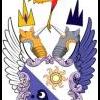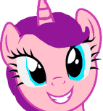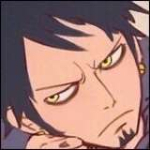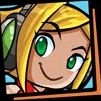Thoughts on Changelings who peacefully live among Ponies in Fanfiction
-
Similar Content
-
- 1 reply
- 529 views
-
- 3 replies
- 1,091 views
-
- 26 replies
- 7,526 views
-
- 1 reply
- 324 views
-
- 204 replies
- 22,246 views
-
-
Recently Browsing 0 members
- No registered users viewing this page.







Recommended Posts
Create an account or sign in to comment
You need to be a member in order to leave a comment
Create an account
Sign up for a new account in our community. It's easy!
Join the herd!Sign in
Already have an account? Sign in here.
Sign In Now